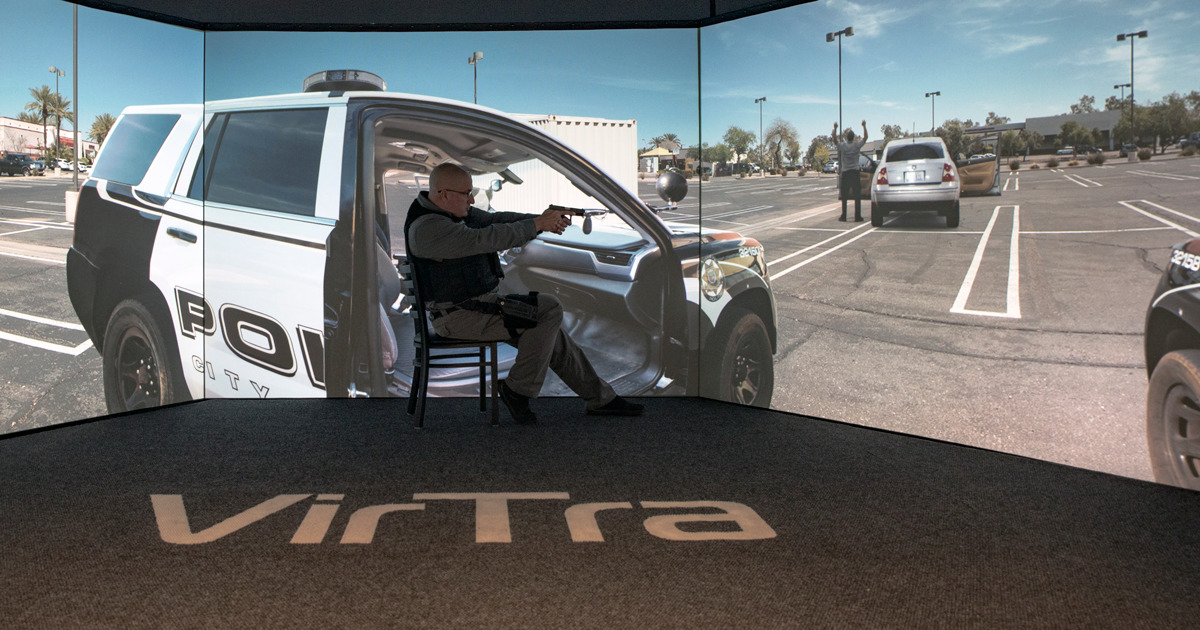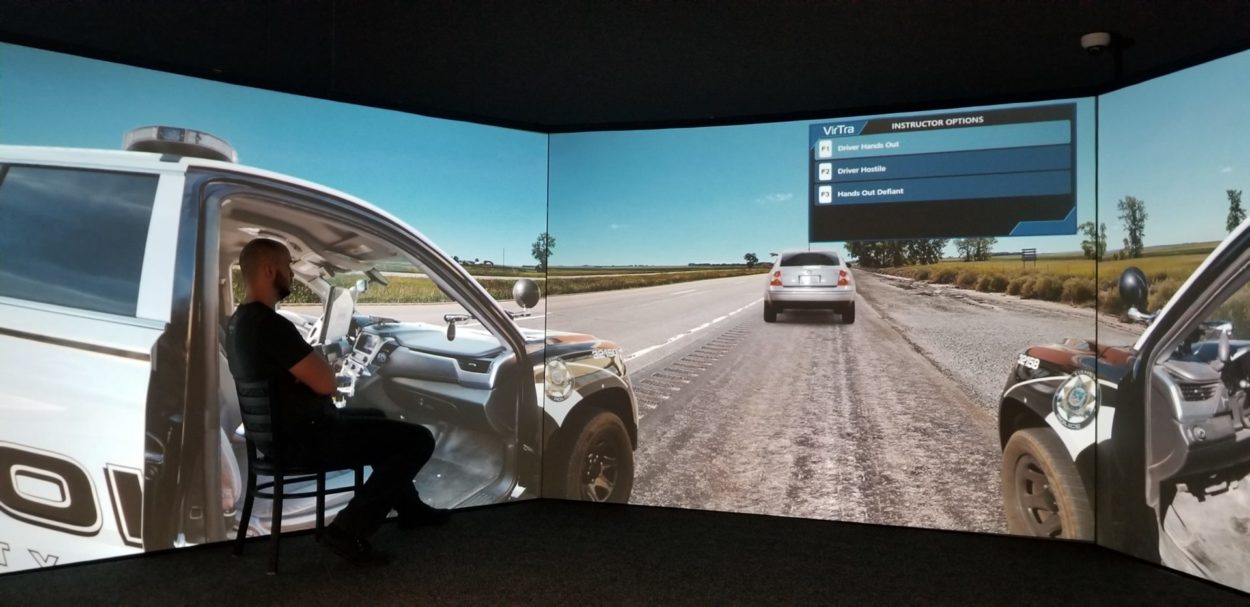
When I went through the police academy in the early 90’s, we were taught how to setup for a “felony stop” at the end of a vehicle pursuit. After setting up the squads, we would yell commands such as “remove the keys from the ignition” and “roll down the windows” to the stopped vehicle.
Today, most vehicles don’t use keys to start the car. And, if you have the driver turn off the car before you have them roll down the electric windows, you’ll likely have those windows up for the whole stop.
We’ve also stopped calling it a “felony stop” for a number of reasons. First, just because a crime is a potential felony doesn’t mean it’s a violent offense that would require this type of contact. Second, you don’t need to have a felony in order to perform a high-risk contact. A high-risk vehicle contact should be done whenever there is a higher risk of danger to officers and/or the public. This means it can be used at the end of a pursuit, a stolen vehicle or even a parked suspicious vehicle at a school or playground.
So, what’s the big deal? Looks like a pretty easy thing to setup: put two squads about 50 feet back from the suspect vehicle in an inverted “V” position and start yelling commands. Right?

While the setup looks fairly simple, it’s the execution that can make all the difference for the officers involved. For new officers, learning all of the proper commands while maintaining their areas of responsibility can be a daunting task. For veteran officers, this skill can perish rather quickly since high-risk stops typically aren’t done very often. That’s where VirTra’s High-Risk training scenarios can help.
Using these scenarios within the VirTra simulator allows officers to practice under a low-stress environment. For newer officers, it helps them focus on committing the callouts to memory. The instructor can set the pace of the learning environment based on the officer’s experience and performance.
The High-Risk Stop scenarios allow departments to choose their preferred method of setup positions for the vehicle occupants. Trainers can choose between placing the subjects in the prone position by the vehicle or they can have the occupants walk back into the “cone of darkness” and be setup for proper handcuffing.
When using the VirTra High-Risk Stop scenarios, the officers (students) should be placed in a chair next to the driver or passenger seat of the on-screen squad car. This allows the officer to get the sense of sitting inside of the squad while performing the callouts.
If you want to kick your training up a notch, I suggest getting a squad door from your fleet department or a junk yard. You can easily mount a door on some scrap pieces of lumber and place it inside the simulator against the screen in the same position it would be in the real-world. Doing this allows the officer to place themselves in the correct position of the A-pillar and the door frame while doing the stop.
The High-Risk scenarios that are included in the VirTra training library offer trainers the ability to choose from a classic high-risk stop, a stop where occupants can run, as well as situations involving occupants that will put officers into deadly force situations.
Whatever version of the High-Risk Stop scenario you choose, make sure to be familiar with all of the options available to you as an instructor. The branching for these scenarios is quite extensive, so as to maximize the training opportunities.
Stay safe. Stay dedicated.
This article was written by T.J. Alioto, VirTra Law Enforcement Subject Matter Expert
Recently Published
Join Our Newsletter







